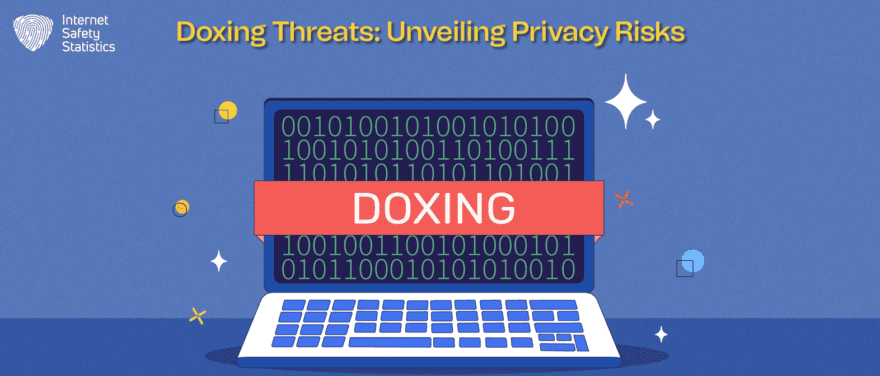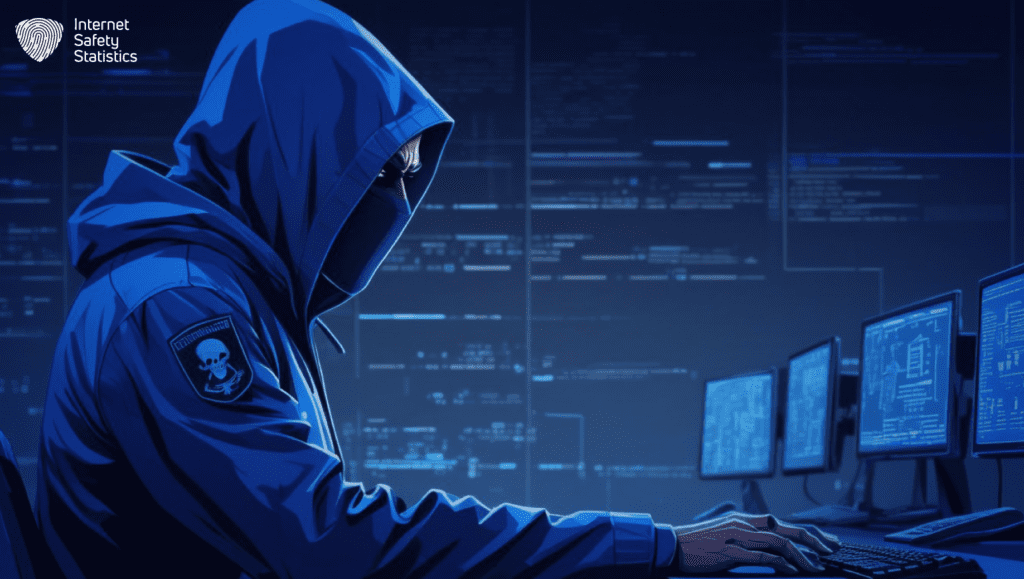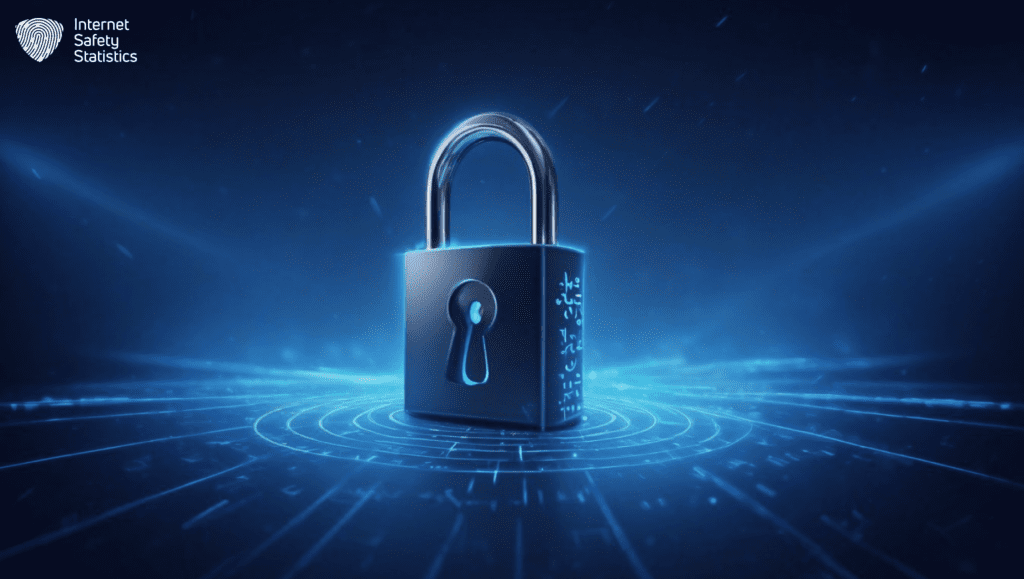
In the digital age, where the boundaries between our physical and online lives blur, a shadowy practice known as “doxing” has emerged as a pervasive threat to privacy, security, and personal safety. Derived from “document tracing,” doxing is the disturbing act of revealing an individual’s private or personal information on the internet without their consent, often with malicious intent. This breach of privacy can expose a person’s real name, home address, phone number, email address, and other sensitive data to a global audience or a select few, with potentially devastating consequences.
Doxing is akin to opening Pandora’s Box in the online world. It has grown in prominence, thanks to the ease of access to personal data and the cloak of anonymity that the internet provides. From heated disputes to political disagreements and ideological clashes, doxing has become a weapon of retaliation, intimidation, and harassment. It can be wielded to settle scores, to silence dissent, or simply for the perverse pleasure of causing chaos in the lives of unsuspecting individuals.
This article ventures into the complex world of doxing, unveiling its mechanics, motivations, and repercussions, both for the victims who find their lives upended and the perpetrators who risk legal consequences and social condemnation. By shedding light on this menacing practice, we aim to educate, raise awareness, and explore preventive measures that can help individuals safeguard their privacy and security in an interconnected world fraught with digital dangers.
What Is Doxing and How It Works
Doxing, short for “document tracing,” is a disturbing online practice in which individuals or groups intentionally reveal private or personal information about others without their consent. It’s essentially the act of exposing someone’s sensitive data to the public or a specific audience. The primary aim is often to harm, harass, or intimidate the target.
How It Works
- Data Collection: Doxers typically start by collecting information from various sources. These sources can include social media profiles, public records, online forums, and even hacking into personal accounts or databases. This process is like gathering puzzle pieces to complete a picture of the target.
- Data Compilation: Once the doxer has gathered enough information, they piece it together like a jigsaw puzzle. This involves connecting the collected data to form a comprehensive profile of the target. They may uncover the person’s real name, address, phone number, email, family members, workplace, and more.
- Publication: After compiling the information, doxers then publish it. They may post it on public forums, social media, or even on websites dedicated to doxing. In some cases, they share it with like-minded individuals who may use the information for nefarious purposes.
- Intent: The intent behind doxing can vary widely. It may be driven by revenge, harassment, intimidation, or ideological beliefs. In some cases, doxers may simply engage in doxing for the thrill of causing distress or chaos.
The Different Forms of Personal Information Exposed
Doxers typically expose various forms of personal information about their targets. These can include:
- Real Name: Revealing a person’s real name, especially when they’ve been using a pseudonym online, can strip away their anonymity and privacy.
- Home Address: Exposing someone’s home address can have severe real-world consequences, as it can lead to harassment, stalking, or even physical harm.
- Phone Number: Sharing a target’s phone number can result in unsolicited calls, harassment, or potential privacy invasion.
- Email Address: Publicising an email address can lead to a flood of unwanted emails, including spam, phishing attempts, or harassment.
- Social Media Profiles: Doxers may uncover and share links to a target’s social media profiles, making it easier for others to monitor and harass the person.
- Family Information: Some doxers go as far as revealing information about a target’s family members, including their names, addresses, and other personal details.
- Workplace: Exposing where a person works can put their job at risk, as it may lead to professional repercussions.
The Ethical and Legal Aspects of Doxing
The practice of doxing raises significant ethical and legal concerns. It infringes upon a person’s right to privacy and consent. Some of the ethical and legal aspects of this act include:
- Invasion of Privacy: Doxing is a blatant invasion of an individual’s privacy, as it discloses personal information that was intended to remain confidential.
- Consent: It operates without the consent of the person whose information is being exposed, violating their autonomy over their own data.
- Harassment and Harm: It often results in emotional distress, harassment, and potential real-world harm to the victim. This can have far-reaching consequences, including anxiety, depression, and fear.
- Legality: Doxing is illegal in many jurisdictions, and doxers can face criminal charges for their actions, such as cyberstalking, harassment, or identity theft.
- Online Communities and Social Media Policies: Many online platforms have strict policies against doxing. Those who engage in doxing may face consequences such as being banned or having their accounts suspended.
The Motivations Behind Doxing

Revenge and Personal Conflicts
One of the most common motivations behind doxing is personal vendetta or revenge. In the digital realm, where conflicts and disputes can escalate rapidly, some individuals turn to doxing as a means of settling scores. Personal conflicts, disagreements, or grievances can lead people to seek retaliation by exposing the private information of their adversaries.
Doxing, in these instances, becomes a weapon to inflict harm or embarrassment upon someone they perceive as an enemy. It’s akin to public shaming, where private information is weaponised to cause emotional distress and humiliation. Such motivations are deeply rooted in anger, resentment, and the desire to “get even.”
Harassment and Intimidation
For some, the primary motivation behind doxing is the thrill of harassment and intimidation. These doxers find pleasure in causing fear, anxiety, or distress in their targets. By exposing personal information, they gain a sense of power over the individual they are targeting.
Doxers who engage in harassment and intimidation often enjoy the chaos and emotional turmoil they create. They may bombard their victims with threatening messages, stalk them online or even in real life, or engage in other forms of psychological torment. The psychological impact of such actions can be severe, leaving victims feeling vulnerable and unsafe.
Ideological or Political Beliefs
In some cases, doxing is driven by strong ideological or political beliefs. Individuals with extreme views may resort to doxing to target those who oppose or challenge their ideologies. This could involve exposing activists, journalists, or individuals who advocate for certain causes.
Doxing for ideological or political reasons can have a chilling effect on free speech and expression. It’s a tactic aimed at silencing dissent and intimidating those who dare to voice opinions contrary to the doxer’s beliefs. The intent here is often to undermine an opponent’s credibility or to create a hostile environment that discourages open discourse.
Trolling and Online Pranks
For a smaller subset of doxers, the motivation is simply the desire for online chaos and pranks. These individuals engage in doxing not out of personal vendettas or strong beliefs but for the sheer amusement of causing confusion and disorder in the digital realm. It’s a form of internet trolling taken to a more extreme level.
Trolls who engage in doxing may target random individuals or celebrities, posting their personal information with no discernible reason. Their actions are unpredictable and often driven by a desire to watch the fallout and observe the chaos that ensues.
Understanding the motivations behind doxing is essential in addressing and combating this alarming online phenomenon. By recognising the driving forces behind this practice, individuals, online communities, and law enforcement agencies can work towards implementing preventive measures and legal measures to mitigate its harmful effects.
The Consequences of Doxing for Both Victims and Doxers
Impact on Victims
- Loss of Privacy: Doxing is a direct assault on an individual’s privacy. By exposing their personal information, it strips away the veil of anonymity and confidentiality that many people value in their online interactions. Victims may feel violated, knowing that information meant to be private is now accessible to anyone.
- Emotional Distress: The emotional toll on victims of doxing can be severe. The sudden exposure of personal details can lead to anxiety, depression, and significant distress. Victims may constantly fear for their safety and that of their loved ones.
- Real-World Threats: Doxing can have tangible, real-world consequences. Some doxers may take their actions a step further, leading to stalking, physical harassment, or even violent threats against the victim and their family. Victims may find themselves in situations of genuine danger.
- Professional and Personal Repercussions: Doxing often has a ripple effect on a person’s professional and personal life. Targets may face repercussions in their workplace, such as job loss or damage to their reputation. Personal relationships can be strained, as friends and family members may also become targets of harassment.
Consequences for Doxers
- Legal Ramifications: Doxing is illegal in many jurisdictions, and doxers can face significant legal consequences for their actions. Depending on the circumstances, it can lead to criminal charges such as cyberstalking, harassment, identity theft, or violating data protection laws. The severity of these legal consequences may vary from fines to imprisonment.
- Social Stigma: Beyond the legal realm, doxers often face social ostracisation and condemnation. Online communities and platforms may ban or suspend their accounts, and they may lose credibility among their peers. The act of doxing is widely regarded as unethical and malicious, and individuals who engage in it may be shunned by both online and offline communities.
Understanding the far-reaching consequences of doxing is crucial in raising awareness about its harmful effects. By highlighting the impact on victims and the legal and social consequences for doxers, society can work toward preventing and combating this harmful online practice.
Preventing and Combating Doxing

Let’s explore how individuals can prevent and combat doxing through personal measures, education, and awareness:
Personal Preventive Measures
- Limiting Personal Information Online: One of the most effective ways to prevent doxing is to limit the amount of personal information you share online. Be cautious about what you post on social media, forums, or websites. Avoid revealing sensitive details like your full name, home address, phone number, or email address unless it’s absolutely necessary. The less information available, the harder it is for doxers to piece together a complete profile.
- Using Strong Privacy Settings: Review and strengthen the privacy settings on your social media profiles and other online accounts. Many platforms offer options to control who can access your information. Configure your settings to restrict access to your personal data to only trusted individuals. This can act as an additional layer of defence against doxing attempts.
Education and Awareness
- Recognising Doxing Risks: Education is key in recognising the risks associated with doxing. Individuals should be aware of the tactics used by doxers and understand the types of information they typically target. Recognising the warning signs of potential doxing attempts can help individuals take preemptive measures to protect their privacy.
- Reporting and Seeking Help: If you become a victim of doxing or suspect that you are a target, it’s essential to take action. Report the incident to the relevant authorities, such as local law enforcement or cybercrime units, depending on the severity of the doxing. Additionally, seek support from online platforms and organisations that specialise in combating cyberbullying and harassment. These platforms often have mechanisms in place to assist victims and remove doxing-related content.
Preventing and combating doxing requires a proactive approach. By implementing personal preventive measures, individuals can reduce their vulnerability to doxing attempts. Simultaneously, raising awareness about the risks and educating people on how to recognise and respond to doxing is essential in creating a safer online environment.
doxing is like a lurking shadow – a digital menace that threatens our privacy and security. As we wrap up our exploration of this issue, it’s crucial to recognise the serious consequences it can have on both victims and those who engage in it.
The motives behind doxing are as diverse as the internet itself. They range from personal vendettas to ideological clashes, where anger, harassment, and even pranks find their way into the online world.
For those on the receiving end, doxing is a nightmare. It can result in a loss of privacy, emotional turmoil, real-world threats, and damage to one’s personal and professional life. The harm can be profound and long-lasting. On the other side, doxers may face legal trouble and societal rejection.
But there’s hope in education and awareness. By learning how to protect our personal information and understanding the risks of doxing, we can fortify our defences. Using strong privacy settings and limiting what we share online can make a significant difference.
Preventing doxing is a shared responsibility. Online communities, platforms, and laws play a vital role in keeping the digital space secure. Together, we can ensure that the online world remains a place of respect, privacy, and safety for all.
